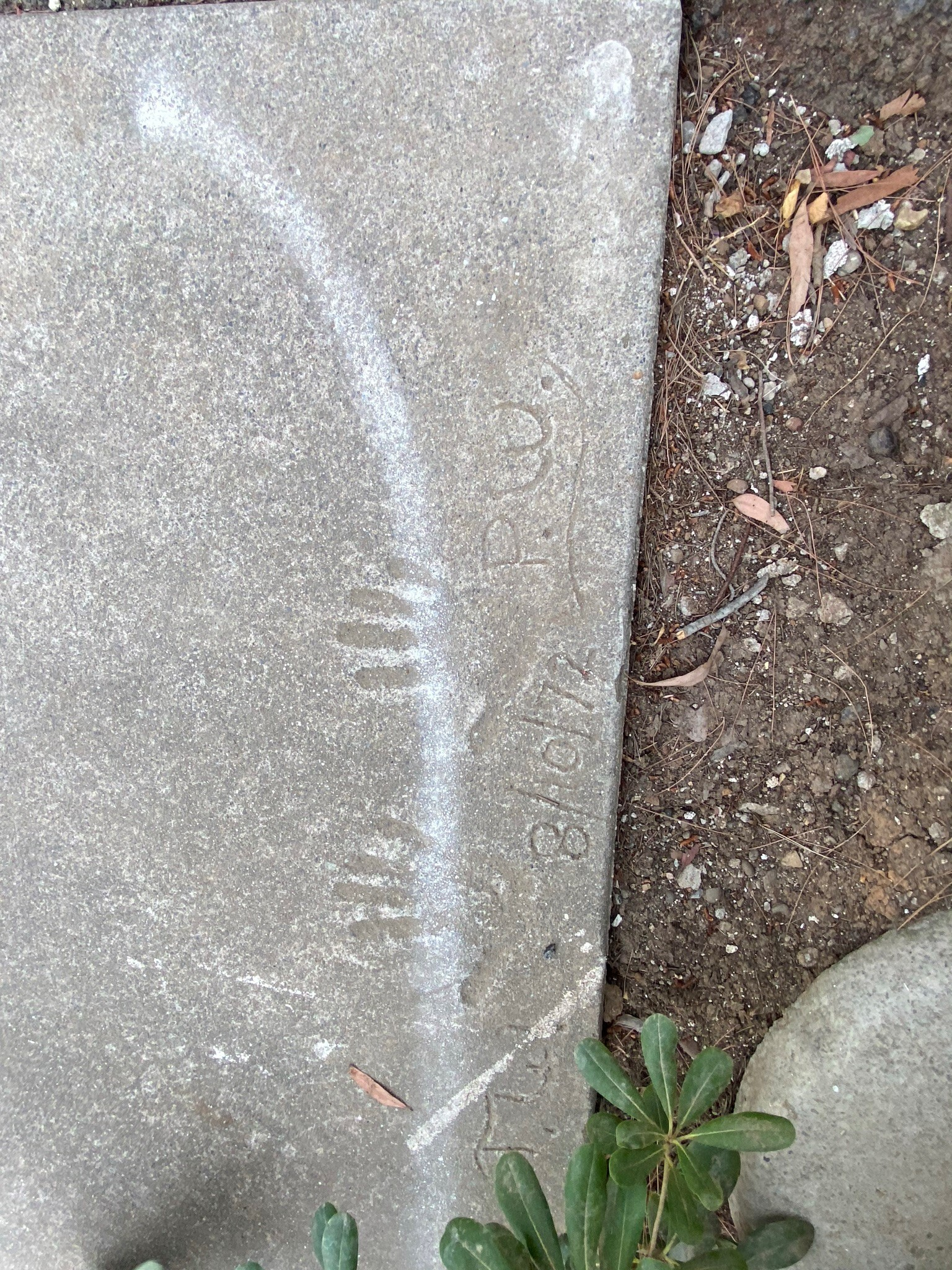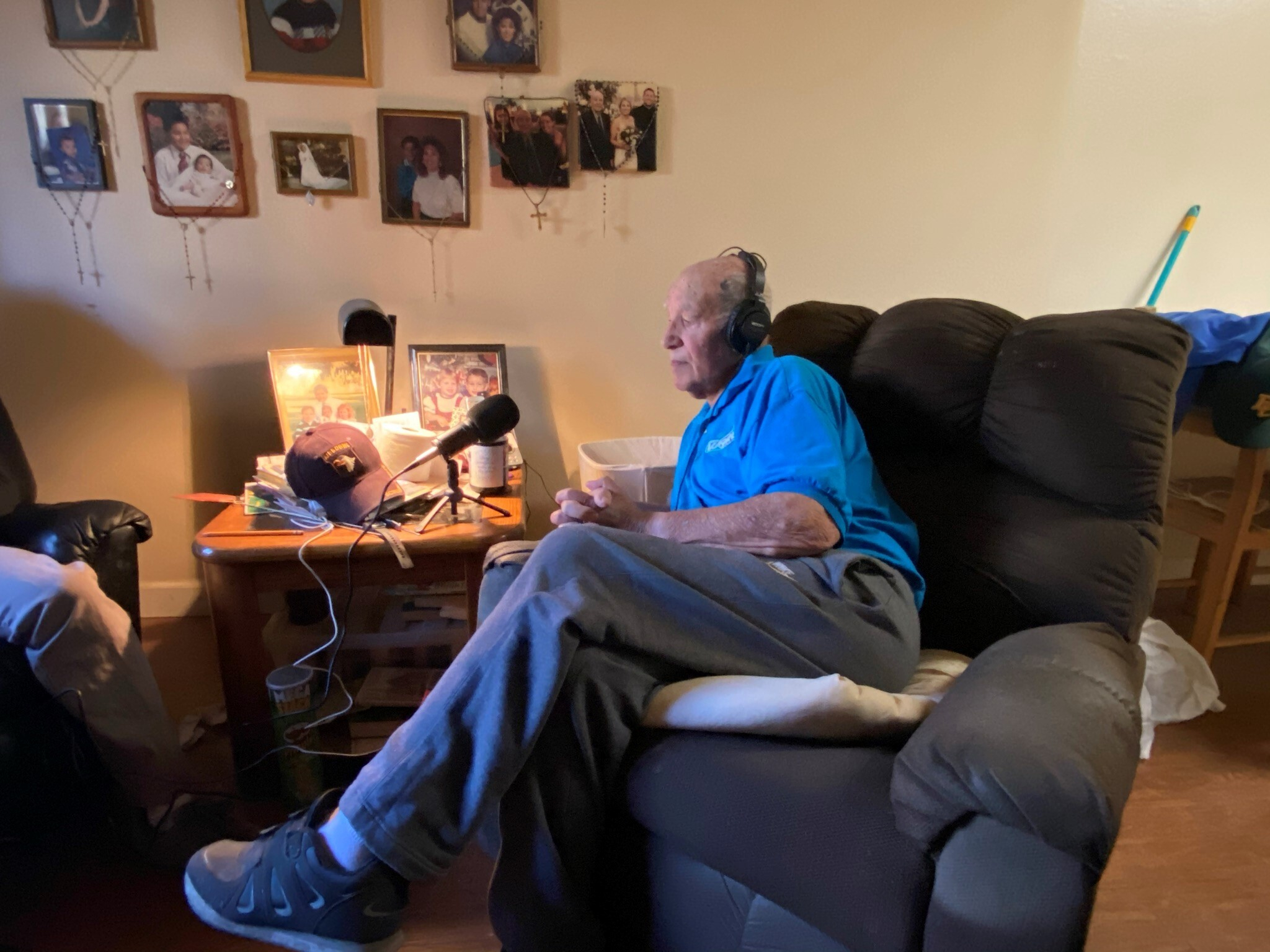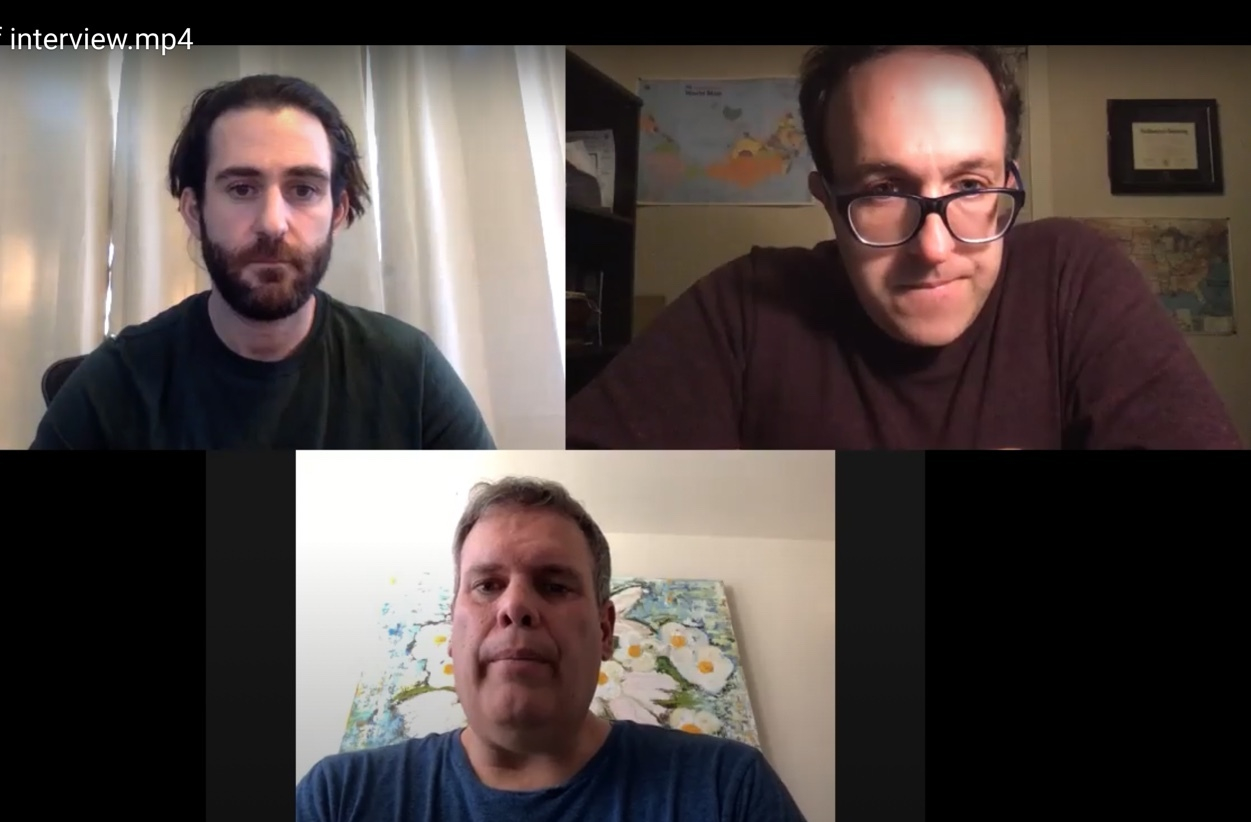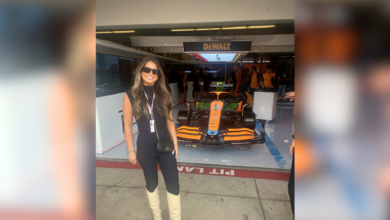Journalism Showcase: Behind The Scenes with Adam Rittenberg and Kyle Bonagura – How the ESPN Duo Reported on One of the Most Compelling Stories of 2021
In July 1979, Paul Wulff’s mother disappeared. Paul and his family always believed his father had killed her, but no body was ever found. Then, in October, the CFB coach got a call from a detective.
“I found your mom.”
Story from @BonaguraESPN and me: https://t.co/gtGXd5Tqe6
— Adam Rittenberg (@ESPNRittenberg) August 10, 2021
By now, many have read the powerful story of Cal Poly offensive line coach Paul Wulff and his family’s tragedy 41 years ago. But how does a story like that come to the surface and what goes into telling it? ESPN.com’s Adam Rittenberg and Kyle Bonagura share with ESPN Front Row how the reporting process unfolded over the past nine months.
How did you find out about this incredibly tragic story and how did you decide to write it together?
Adam Rittenberg: I was alerted to a Facebook post from one of Paul’s relatives. I knew a little bit about Paul’s childhood from reading about him when he coached at Washington State, but didn’t know the full backstory. I immediately thought Kyle would be a great partner for this story. He’s not only an excellent reporter and writer, but he had some familiarity with Wulff as a Washington State alum, and he’s based not far from where Paul grew up.
What was the most surprising part about this storytelling process for each of you? The most challenging part?
Kyle Bonagura: My initial skepticism about the story was how willing Paul and his relatives would be to participate. [However] we found the family to be very open with their story, which is what allowed us to provide so many details about what happened. We interviewed more than 20 people — most of them for an hour or longer — and ended up having much more material than we could use for a written story. There were a lot of tough decisions about what to cut and what to include.
What’s something you want the reader to know before they read?
AR: While we focused on Paul because of his sports connection, the characters in this story are incredible. We didn’t even get to all of them in the piece, but these people are genuine, charismatic and great storytellers. Most stories have 2-3 truly interesting people at the center, but everyone we talked with left us even more interested in what happened and how it has impacted their lives.
Looking back on the past nine months of reporting and writing, is there something that sticks out to you or that you’ll remember moving forward?
AR: I will never forget how Paul’s emotions evolved during the course of our reporting. In our first interviews, he didn’t show much outward emotion and spoke almost matter-of-factly about the details of what happened. But he began to show more as he went through the steps leading up to his mother’s burial and celebration of life service. In some ways, he reconnected with who Dolores was and how she impacted people in her life. I felt he gained a stronger emotional connection to his own life story, which showed in our later interviews with him.
What about the reporting process stuck out to you?
KB: The video of Dolores at the top of the story was from the anniversary party that we wrote about early on in the piece. We had it converted from an old Super 8 film, not knowing what was on the tape. Being able to track down that video was great for the story, but the better part is Paul told us that when he watched it, it was the first time he had ever seen video footage of his mother.










